What is customer service? Definition and its importance


Customer service is how you build trust with your audience. It’s about making your customers feel heard, supported, and valued at every step.
Today’s customers expect quick, helpful answers across channels like chat, email, social media, or phone. They appreciate brands that proactively solve problems, provide personalised assistance, and make every interaction easy and rewarding.
Many companies still face challenges like long wait times, inconsistent service, and high support costs. AI can help by managing routine questions, providing instant answers, and delivering continuous support.
This blog covers everything you need to know about customer service and how to deliver exceptional customer service in 2025. You’ll learn practical strategies, essential skills, and best practices that help your team connect with customers, consistently deliver high-quality support, and ultimately drive growth and loyalty.

Customer service is the support and assistance that businesses provide to their customers before, during, and after a purchase or interaction.
It includes all the ways that customers contact with and think about a business, from answering queries and fixing problems to giving advice and making sure they are happy.
Modern Customer service includes email, chat, social media, phone, and face-to-face support. People expect quick replies, personal attention, and the same quality of help on every channel, so businesses need to keep up.
Here’s what exceptional customer service looks like practically:
Quality customer service is a major differentiator in competitive marketplaces, influencing customer loyalty, brand reputation, and overall company performance. It is one of the best things a business can do to get repeat customers and brand advocates, which makes it one of the most valuable things they can do.
Behind every successful brand is a solid support strategy. Here are the reasons why it is important:

Book a demo with our experts to learn more about YourGPT and how it can help your business.
Understanding these three functions helps businesses plan interactions that raise satisfaction and growth.
Customer service offers direct help when customers report problems. It is reactive. Customers ask for returns or billing fixes or product details. Fast and clear answers are the goal.
Main traits
CX covers every touchpoint from first awareness to ongoing loyalty. It is proactive. The company anticipates needs and sets up positive moments at each step.
Focus points
All departments share responsibility for strong CX.
Customer support handles product or tech issues that need specialised skill.
Core tasks
Support agents work with product teams to give precise fixes and feed insights back to development. Accurate resolutions strengthen trust and retention.
Proper separation of Customer Service, CX and Customer Support lets the business assign resources wisely and boost your customers satisfaction.
| Aspect | Customer Service | Customer Experience (CX) | Customer Support |
| Definition | Help before during and after purchase | Overall feeling across entire journey | Technical help and issue resolution |
| Main Focus | Immediate needs | Brand relationship and emotion | Technical fixes |
| Scope | Specific touchpoints | Full journey | After purchase issues |
| Timing | Reactive when customer initiates | Proactive across relationship | Reactive when issues arise |
| Metrics | Response time resolution rate CSAT | Net Promoter Score (NPS), Customer Lifetime Value (CLV), retention | First call fix ticket volume time to resolution |
| Team | Service reps | Cross teams | Support engineers |
| Style | Friendly and helpful | Consistent brand voice | Detailed and solution focus |
| Tools | CRM helpdesk chat | Analytics and feedback | Ticket system knowledge base remote assist |
| Outcome | Satisfied customers and resolved inquiries | Loyal customers and positive brand view | Working product and solved issues |
| Impact | Immediate retention and satisfaction | Long term loyalty and revenue growth | Reliable product and customer trust |
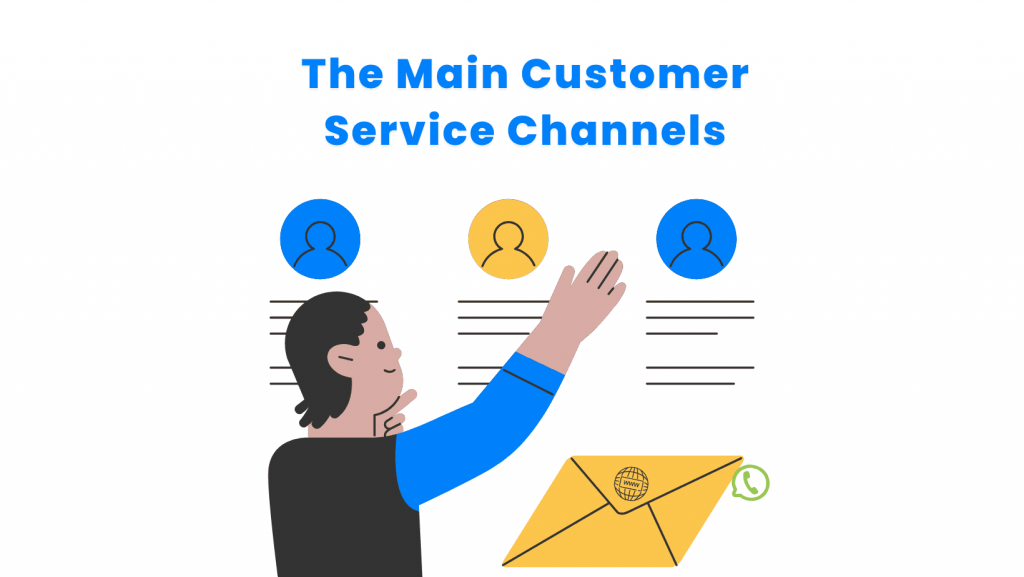
Customer expectations are always changing. They want help quickly and easily on their preferred channels. Knowing the right channels to focus on helps you serve customers exactly how they want.
Here are five channels you should prioritise for great customer service in 2025:
Email is still the top channel customers rely on for detailed support issues. Customers prefer email when they need clear answers or documents they can easily refer to later.
It also gives your business an organised record of each interaction with customers.
Customers expect fast answers directly on your website or app. Live chat combined with AI helps your business answer simple questions immediately.
If a customer has a complicated issue the system smoothly connects them to a support agent for personalised help.
Customers often use messaging apps to get immediate service. Apps like WhatsApp and Instagram let customers reach your business in the same way they talk to friends and family.
Being available on these apps helps customers feel connected to your brand.
Customers prefer to solve simple issues themselves whenever possible. Having guides and helpful resources like helpdesk, videos available anytime gives them this flexibility.
Self-service tools help customers find answers instantly without needing to contact support.
Sometimes customers prefer talking directly to someone. Video and voice calls make difficult or sensitive situations easier to resolve.
This personal connection helps build trust and gives customers reassurance during important interactions.
Delivering consistently strong customer service isn’t always easy. Businesses commonly run into specific challenges that affect their reputation customer loyalty and growth. Here are five major customer service challenges many businesses face:
Customers today expect fast accurate responses across all channels. Slow replies frustrate customers leading to lower satisfaction and potentially lost business.
Providing consistent service across email chat social media and other channels can be difficult. Customers notice and get frustrated when support quality varies widely.
Support teams can quickly get overwhelmed as customer inquiries grow. Without efficient systems agents become stressed and customer experience suffers.
As your business grows hiring training and managing enough agents to handle increased support demand becomes challenging and costly.
Businesses often struggle to effectively use the data they collect. Without proper data use customers receive generic impersonal responses that fail to satisfy their individual needs.
Artificial Intelligence can effectively address and overcome these common customer service challenges. By integrating AI into your support processes your business can deliver higher-quality faster and more personalised customer service consistently. Here’s exactly how AI helps:
AI-powered chatbots instantly answer common questions without human intervention. This reduces customer wait times significantly and ensures immediate help 24/7 even during peak periods.
AI systems offer identical high-quality responses across all customer support channels. Whether customers use email live chat or social messaging AI ensures consistent helpful and accurate replies every time.
AI can effortlessly handle repetitive and common support queries allowing your human agents to focus on complex tasks. This efficiency reduces pressure on your support team during busy periods or seasons.
Adding AI lets your business easily scale customer support capabilities without a significant increase in hiring and training costs. As your customer base grows AI continues handling increased support demand smoothly.
Advanced AI uses customer data such as past orders or previous interactions to deliver personalised and relevant replies. Customers appreciate tailored service which boosts satisfaction and loyalty significantly.
These practical AI-driven improvements help your business address common customer service challenges more effectively ensuring consistently exceptional support experiences for your customers.
Customer service today requires fast and accurate responses. Advanced AI makes this possible by precisely understanding customer requests and delivering helpful answers immediately.
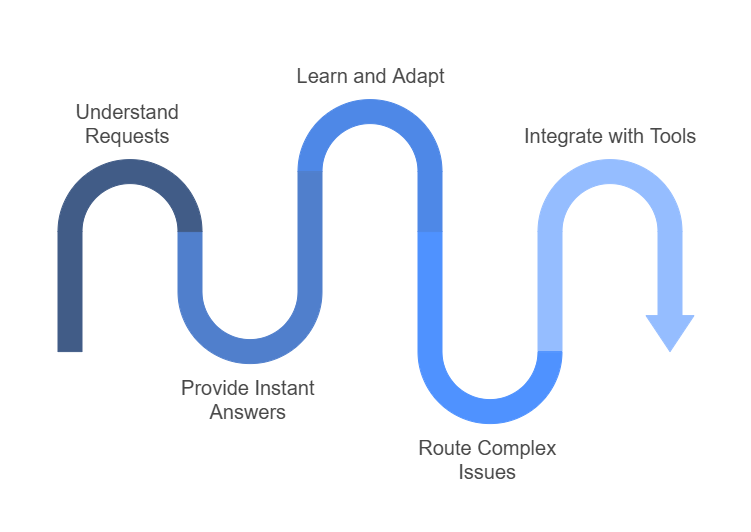
Here’s exactly how modern AI systems manage customer service interactions step by step:
Advanced AI models thoroughly analyse each customer message to identify what the customer truly wants. Rather than relying on basic keywords these models consider context intent and sentiment to grasp the full meaning of customer questions.
This deeper understanding helps AI correctly interpret even complicated requests or messages phrased differently by customers.
After interpreting the customer’s message AI retrieves accurate answers from your existing resources using Retrieval-Augmented Generation (RAG).
RAG allows AI to search your company’s knowledge base product documentation or FAQs in real time and deliver highly accurate responses instantly without needing to memorise data directly.
This method ensures customers get current reliable and precise information immediately improving their overall experience and reducing wait times.
Each conversation with customers helps the AI improve its understanding. The system learns from customer interactions identifying language patterns and common questions to enhance future performance.
Continuous learning enables AI to become increasingly precise in answering customer queries proactively anticipate customer needs and deliver more helpful and accurate assistance over time.
Advanced AI quickly recognises when customer issues require human attention. Complex queries billing disputes or highly detailed technical troubleshooting are instantly identified and clearly routed to the most suitable human agent.
This proactive identification ensures customers receive prompt personalised support from human agents exactly when needed.
AI integrates directly into your current support systems including CRM software ticketing systems and helpdesk tools.
This integration gives the AI real-time access to customer histories previous conversations and product data helping it provide precise and context-aware responses consistently.
Agents also benefit as the system automatically updates customer records ensuring your whole support team has the latest accurate information to deliver excellent customer experiences every time.
Integrating AI into customer service can improve efficiency, cut response times, and deliver consistent support. Here’s a practical, step-by-step approach to bring AI into your customer service operations:
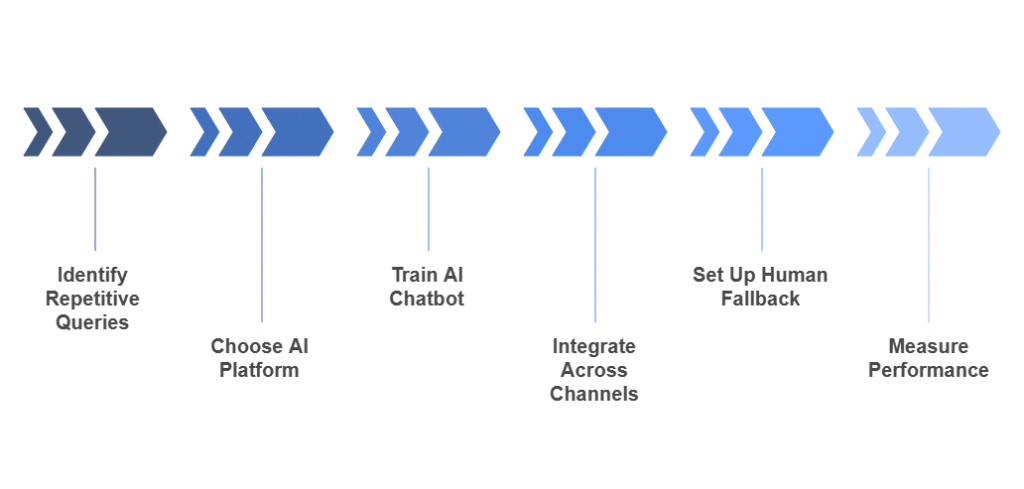
Look through recent customer conversations and find repeated questions your team answers daily.
Typical examples are questions about order status password resets shipping information or product availability.
Automating these frequently asked questions gives your support agents more time to handle complex customer situations personally.
Choose an AI solution designed for customer support that fits your specific business needs and technical setup.
Consider platforms like YourGPT which provide clear interfaces multilingual abilities and smooth integration with existing tools.
Make sure the AI tool integrates directly into your current support platforms including CRM, helpdesk and messaging apps your customers regularly use.
Connect your AI solution directly to your current knowledge base product documents and previous support conversations.
AI uses this information to quickly search and retrieve precise answers whenever a customer asks a question.
Periodically update the knowledge base to ensure your AI always provides the latest and most accurate customer information.
Make your AI available wherever your customers interact with your brand including your website live chat WhatsApp Facebook Messenger or mobile apps.
Providing consistent reliable AI support across multiple channels helps customers receive immediate and seamless help whenever and wherever they prefer.
Even with advanced AI not every customer issue can be solved without human assistance.
Define clear guidelines for when AI should immediately route complex detailed or sensitive customer questions directly to human agents.
Ensure your agents receive the customer’s conversation history so they can easily pick up right where the AI left off and provide seamless personalised support.
Regularly measure how well your AI is performing through customer service metrics like Customer Satisfaction Score (CSAT) First Response Time (FRT) First Contact Resolution (FCR) and overall Resolution Rate.
Reviewing these metrics regularly helps you see exactly how your AI impacts customer satisfaction and identifies opportunities for continuous improvement.
Artificial intelligence (AI) is quickly becoming an important part of customer support. But many misunderstandings about what AI can (and can’t) do still exist. Let’s clear up some common myths to understand how AI really fits into customer service:
AI is not going to take all the support jobs. It just helps with basic tasks that takes hours to answer like checking order status, resetting passwords, or giving business hours.
This frees human agents to spend their time on complex conversations or situations where empathy and careful judgment are essential. Think of AI as your team’s assistant not its replacement.
AI is great at handling routine tasks that happen frequently. It can easily help customers track packages update account information or get answers to common FAQs.
But when issues get complicated or unique—like detailed product troubleshooting or resolving a billing dispute—AI alone isn’t enough. Human agents are critical for managing these detailed cases and providing personalised solutions.
A common misconception is that AI makes support feel robotic or impersonal. However, today’s AI can provide highly personalised support by understanding the context through details customers have already shared, such as user name, past purchases, previous support chats, and more.
This lets AI give customers helpful and relevant recommendations and makes interactions feel tailored and meaningful.
Many small to mid-sized companies believe AI is expensive or complicated. In reality, today’s AI customer support tools are affordable and easy to use even for small teams.
There are many AI options available designed specifically for smaller budgets and needs. Even a small business can use AI to respond quickly keep customers satisfied and manage rising support requests without hiring additional staff.
AI isn’t perfect. It learns from data patterns and past interactions, but sometimes it might misunderstand unusual or complex customer questions.
That’s why businesses need to regularly review and improve their AI tools. Over time, AI becomes more accurate and reliable by learning from its mistakes and incorporating feedback from human agents.
By understanding these realities your team can confidently use AI to improve customer support making interactions faster personalised and effective for both customers and agents.
Customer service is your chance to create lasting impressions. Here are five practical ways your team can add real value in every interaction:
Allow support agents to make decisions independently when solving customer issues. Clearly define guidelines for discounts refunds or special exceptions.
When agents can make immediate decisions without needing constant approvals they resolve issues faster and increase customer satisfaction significantly.
Don’t wait for customers to report issues. Use data to identify common problems or potential concerns proactively.
Reach out to customers before they ask with solutions updates or friendly follow-ups. Proactive service clearly reduces frustration and creates positive customer interactions.
Create an easy-to-navigate help center clearly organised around common customer questions. Include how-to videos quick guides and searchable FAQs.
Customers clearly prefer to quickly find answers themselves for routine problems. Strong self-service reduces pressure on your team and increases customer happiness.
Ensure your FAQs guides and support articles are clearly current accurate and relevant.
Schedule monthly content reviews with your team to update information based on the most recent product changes customer feedback or recurring support requests. Accurate self-service resources save customers frustration and reduce unnecessary support contacts.
Regularly update your team’s knowledge clearly focusing on communication product expertise and customer empathy.
Include practical exercises real-world scenarios and recent case studies in training sessions. Consistent skill-building helps agents confidently handle complex interactions and deliver consistently better customer service.
Using these actionable best practices clearly positions your business to deliver consistently positive memorable customer experiences strengthening relationships and improving long-term growth.
Measuring customer service performance gives clear insights into what’s working and what needs improvement. Tracking the right metrics helps your team understand customer needs improve service quality and build lasting loyalty.
Here are five essential customer service metrics you should consistently monitor:
CSAT measures how satisfied customers feel immediately after interacting with your support team.
To measure CSAT ask customers simple questions like “How satisfied were you with your support experience today?” and have them rate the interaction on a scale from 1 to 5.
Higher CSAT means your support consistently meets customer expectations resulting in stronger brand trust and loyalty.
A CSAT score of 85% or higher is ideal for most businesses.
NPS measures how likely customers are to recommend your brand to friends or colleagues after interacting with your business.
Ask your customers one direct question: “How likely are you to recommend us?” Customers then score between 0 (unlikely) and 10 (very likely). Those scoring 9–10 are promoters 7–8 are passives and below 7 are detractors.
Regularly monitoring NPS helps you identify long-term trends in customer loyalty and advocacy.
A positive NPS (above 0) is good. A score above 50 is excellent 🤩.
FCR measures how often customer issues are resolved successfully on the first interaction without needing follow-ups.
High FCR shows your support team understands customer problems clearly and provides accurate timely resolutions.
Improving FCR reduces support costs boosts customer confidence and directly enhances customer satisfaction.
70–85% FCR is generally a really god performance.
AHT is the average time your team spends resolving each customer request from the start of the interaction to the resolution.
A lower AHT indicates your team is efficient in solving problems quickly. But balance is essential. Ensure quality isn’t sacrificed for speed.
Regularly review AHT alongside CSAT and FCR to ensure both speed and quality remain high.
An ideal AHT typically varies by complexity but should decrease gradually over time while maintaining strong CSAT.
Churn rate shows the percentage of customers who stop doing business with you over a given time period.
Tracking churn clearly highlights your team’s effectiveness in keeping customers satisfied and loyal over time.
Reducing churn directly increases your company’s revenue profitability and long-term sustainability.
A churn rate below 5% per month is considered good for most businesses. Lower is always better.
First Response Time measures how long it takes for your customer support team to initially respond to customer requests.
Customers increasingly expect rapid responses. Quickly acknowledging customer queries significantly improves satisfaction levels and reduces frustration.
A lower First Response Time demonstrates your team’s responsiveness and commitment to resolving customer issues promptly.
Ideally, respond to emails within 1-2 hours and live chat or social media within minutes.
Resolution Rate measures the percentage of customer issues successfully resolved out of all requests received within a specific period.
A higher resolution rate indicates your team’s capability and efficiency in fully solving customer problems without needing multiple interactions.
Tracking this helps identify areas where additional training or resources might be needed.
Aim for a Resolution Rate of at least 90% to ensure customers feel their issues are being effectively handled.
Customer Effort Score evaluates how much effort customers feel they must put in to resolve an issue or complete an interaction.
After a support interaction, ask customers a simple question such as: “How easy was it to resolve your issue?” They typically rate their experience from “Very Easy” to “Very Difficult”.
Lower customer effort directly correlates with higher customer loyalty and repeat business.
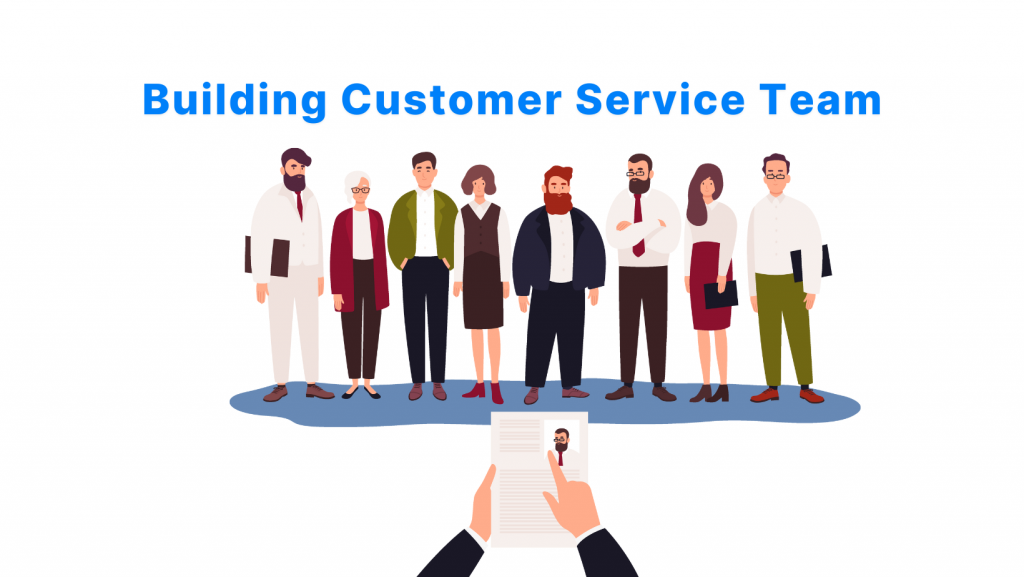
Building a strong customer service team requires clear roles, carefully chosen skillsets, and ongoing training. Here’s how to define each key role clearly, select the right candidates, and train them effectively for exceptional performance:
Support engineers handle day-to-day customer technical issues. They guide users, troubleshoot software problems, and ensure customers understand your products fully.
Core Skills Needed:
Recommended Training:
Customer Success Managers (CSMs) build strong, ongoing relationships with customers. Their main goal is ensuring customers get maximum value from your products, helping to increase retention and reduce churn.
Skills Needed:
Recommended Training:
TAMs serve as the primary technical contact for key accounts. They bridge your technical teams and customers, ensuring smooth implementation, onboarding, and technical issue resolution.
Core Skills Needed:
Recommended Training:
Solutions architects design customized technical solutions for customers, aligning customer needs closely with your product capabilities.
Core Skills Needed:
Recommended Training:
Customer service managers lead support teams, managing operations, and ensuring your service meets high-quality standards. They supervise team performance, oversee training, and ensure customer satisfaction goals are met.
Core Skills Needed:
Recommended Training:
Clearly defining these roles and continuously investing in targeted training helps your customer support team become more skilled, confident, and effective—resulting in happier customers and stronger business growth.
Customer service involves the assistance provided by a company to customers before, during, and after a purchase. It includes responding to inquiries, resolving issues, providing product guidance, and ensuring a positive customer experience at each interaction.
Customer support specifically addresses technical or product-related issues customers encounter. It involves troubleshooting problems, guiding customers through complex setups, and providing detailed information to help users effectively utilize products or services.
AI customer service automation uses tools like AI agents, chatbots, and AI-powered help desks to handle routine queries automatically. It helps reduce wait times, frees up human agents for complex issues, and provides consistent 24-hour support.
AI is beneficial for businesses of all sizes. Platforms like YourGPT provide affordable, no-code solutions specifically designed for small and medium-sized businesses, helping them improve efficiency and reduce support costs.
AI quickly handles routine customer requests like order tracking or FAQs. By automating these tasks, AI reduces average response times from 30 minutes to under 3 minutes, leading to increased customer satisfaction.
Yes. AI platforms like YourGPT support more than 100 languages, allowing businesses to easily communicate with customers globally and expand their reach efficiently.
Modern AI utilizes advanced language processing technologies to provide personalized interactions. It leverages customer history, preferences, and context to deliver meaningful and engaging customer experiences.
AI efficiently manages routine inquiries like account updates, order tracking, and FAQs. However, complex or sensitive issues such as billing disputes or advanced troubleshooting typically require human assistance.
Start by identifying your most frequent customer queries. Choose a suitable AI platform like YourGPT, train it using your customer data, integrate it across your support channels, and establish clear processes to escalate complex issues to human agents.
Exceptional customer service isn’t just a nice-to-have anymore. It’s essential for building trust, loyalty, and long-term growth in 2025 and beyond.
To truly meet customer expectations, it’s important to understand the differences between customer service, customer experience, and customer support. When you know what customers need at each stage, you can respond more effectively and build stronger relationships. AI has become a core driver of efficient and 24/7 customer service. AI can help by making your support faster, more personal, and available 24/7.
Keep a close eye on key service metrics, invest in continuous team training, and put proven best practices into action. This leads to happier customers, stronger loyalty, and sustainable business success.
With the right approach and smart tools like YourGPT, every interaction becomes a chance to strengthen relationships, lower support costs, and stay ahead of the competition.
Join 10000+ Business using YourGPT AI to transform business operations!
No credit card required • 7 days access
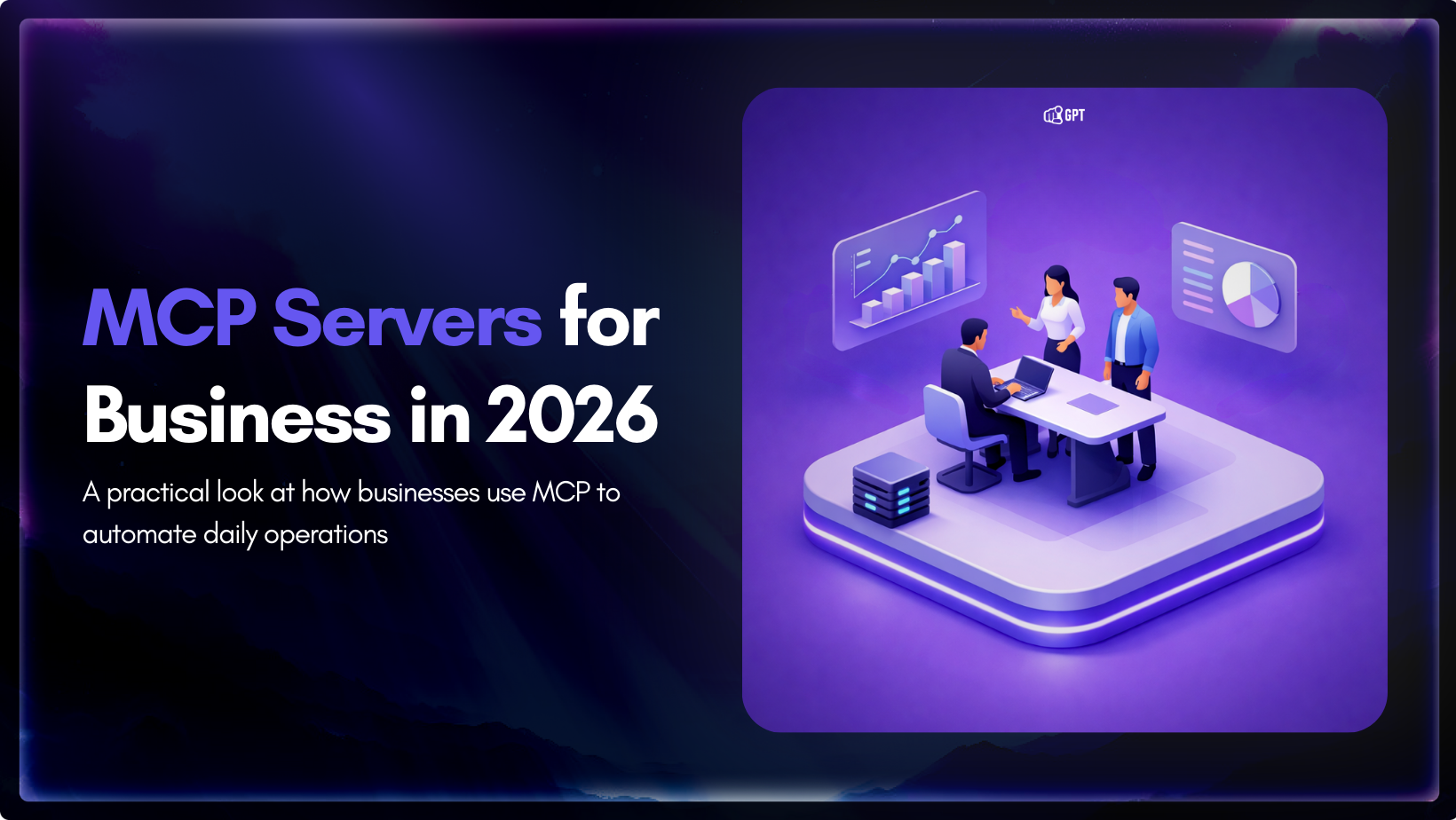
Growth-focused teams move faster when their tools work together instead of competing for attention. Modern development depends on multiple systems to ship code, review changes, monitor services, and access data. Each system serves a purpose, but routine work often means moving between dashboards, scripts, and internal tools. These small transitions shape how consistently a team […]

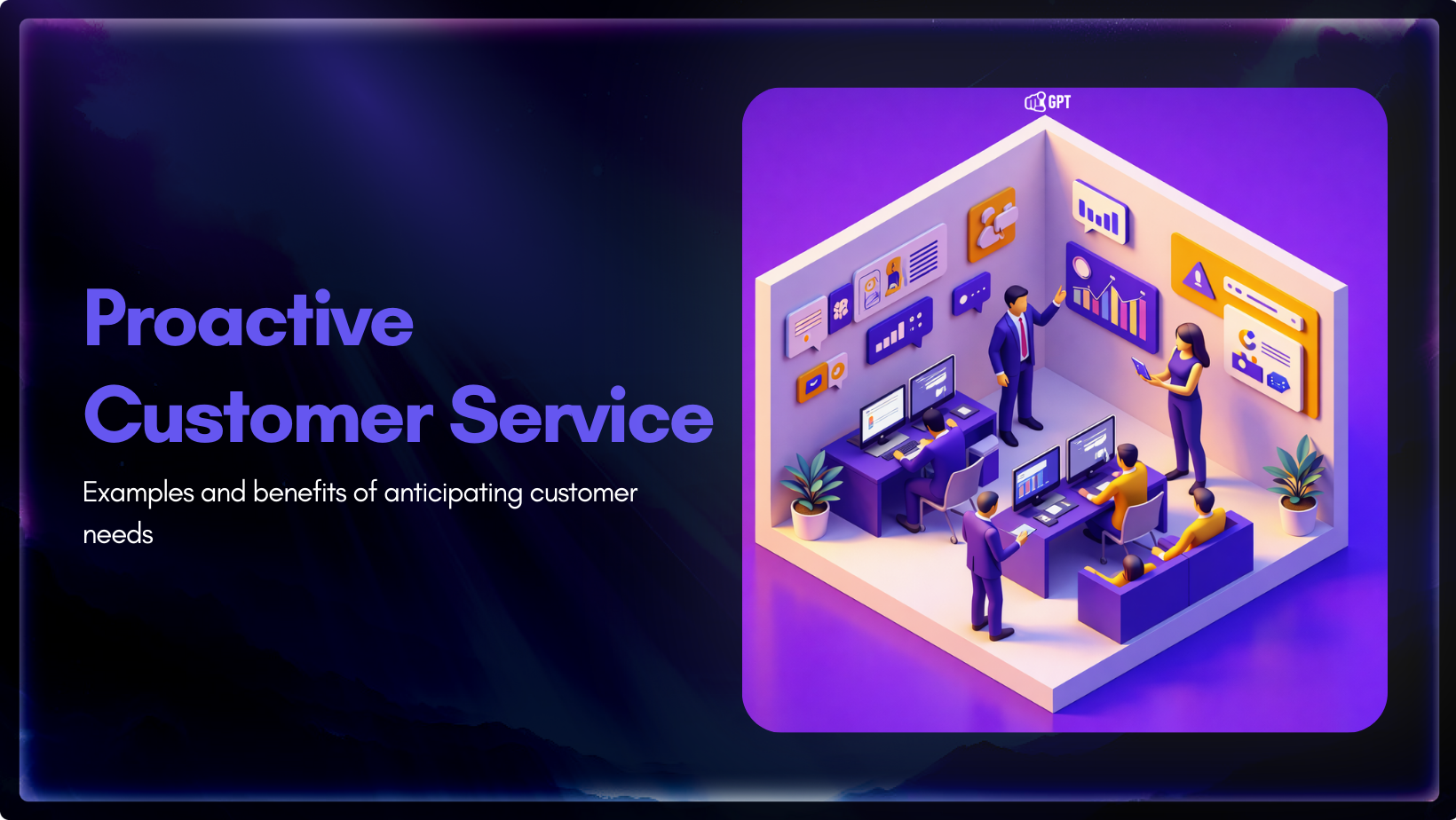
Most customer service moments begin long before a ticket is created. Something feels off. A payment does not go through. A delivery update stops moving. A user gets stuck at the same step and tries again. Customers usually pause, check, retry, and wait before they decide to ask for help. Proactive customer service works inside […]

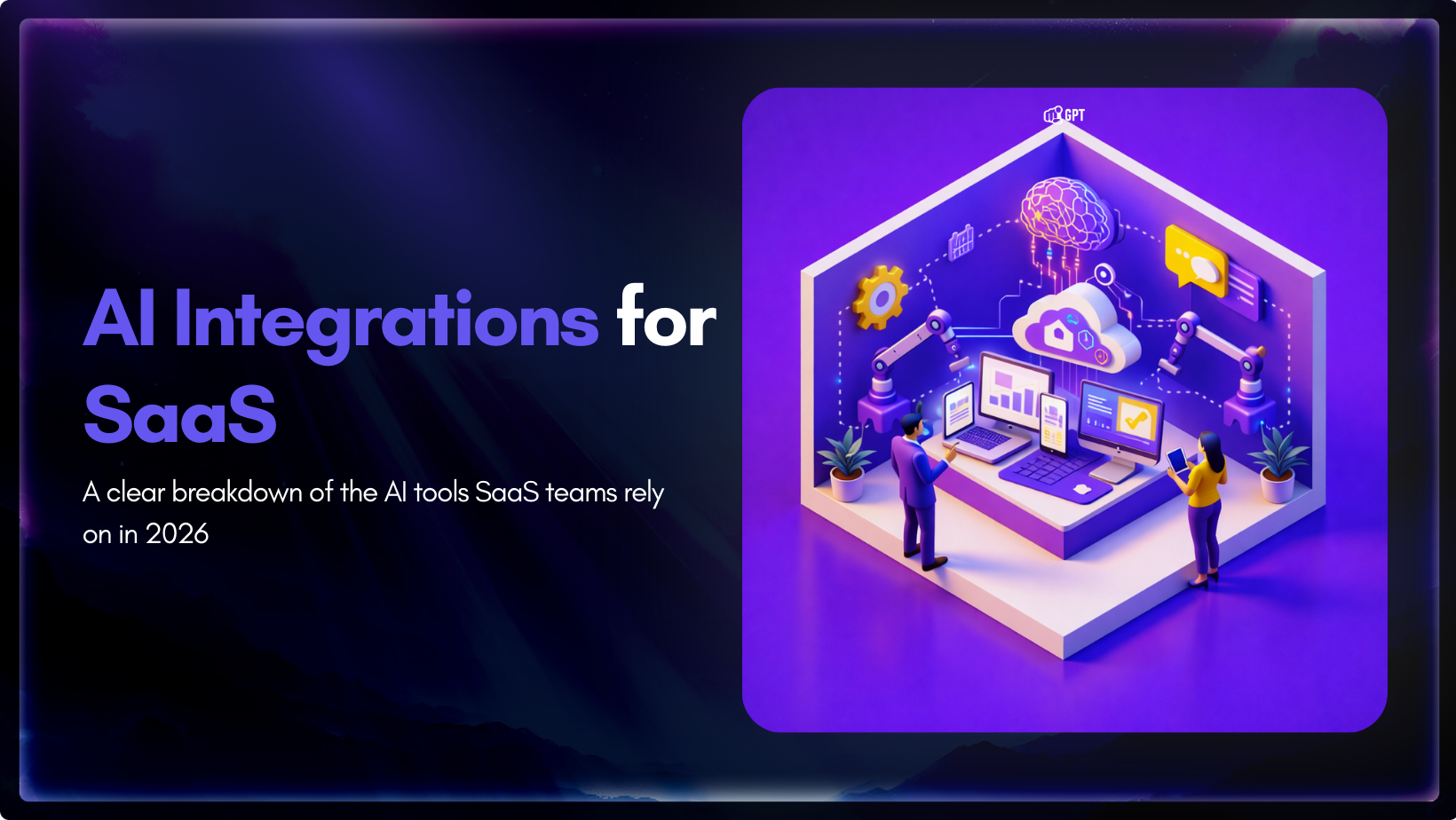
AI has become a core part of how modern SaaS products are built and delivered. In 2026, customers expect intelligent assistance to be available throughout their journey, from onboarding and everyday product usage to support and account management. Inside SaaS teams, AI is increasingly used to speed up workflows, reduce repetitive tasks, and improve how […]

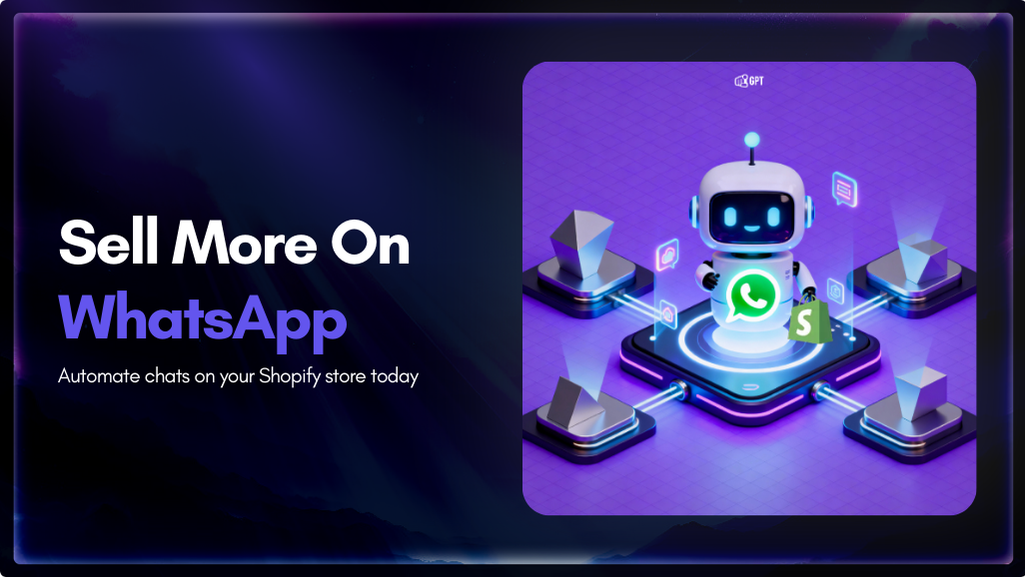
Shopify stores often use a chatbot on their website to handle product questions, order updates, and support. But customers also message on WhatsApp expecting the same quick answers. Most of them already use WhatsApp throughout the day, so reaching out there feels natural. A chatbot that works across both channels responds in seconds, guides purchase […]

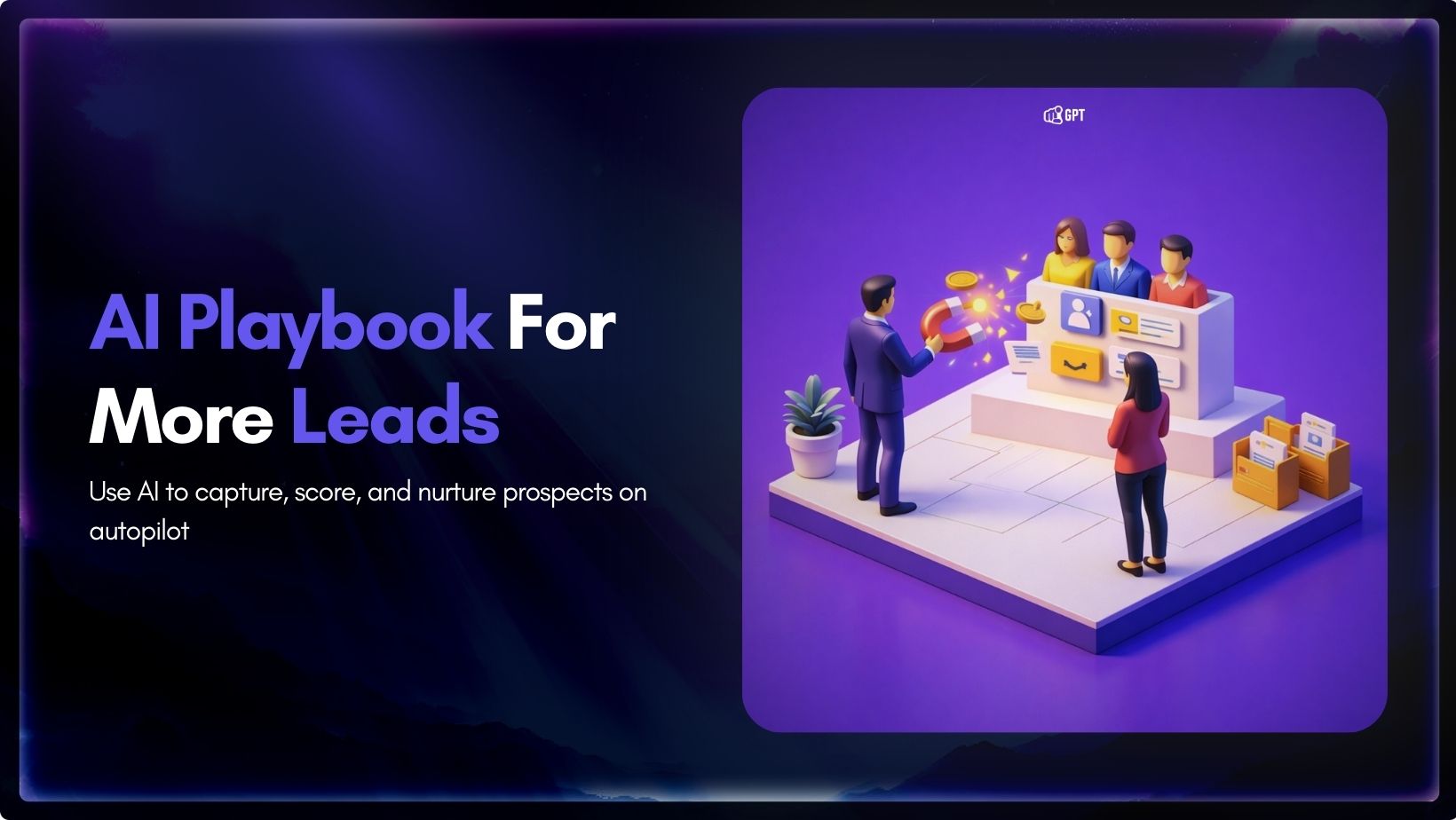
Most businesses do not struggle to generate leads. They struggle to know which ones are worth acting on. Forms get filled, DMs arrive, emails are opened, and chats happen across multiple tools. Some prospects convert. Most do not. The real problem is that there is no reliable way to tell, early enough, which signals actually […]

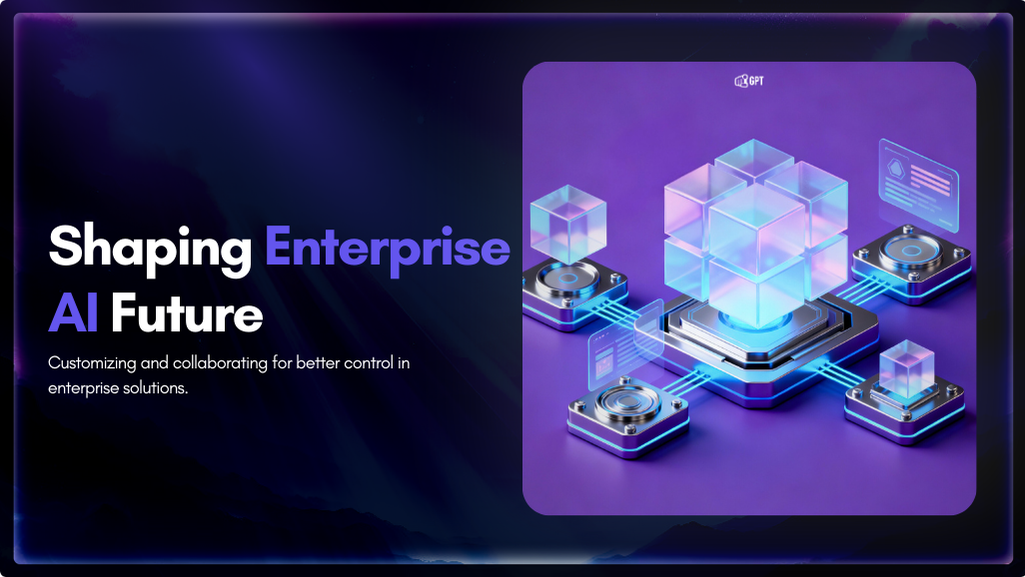
Artificial Intelligence has advanced quickly over the past five years, moving from an experiment to a standard component of modern business. AI has become a central part of enterprise strategy. 88% of organizations are now using AI. This figure has increased from 78% the year before. This transformation is reshaping how companies run, communicate, and […]
